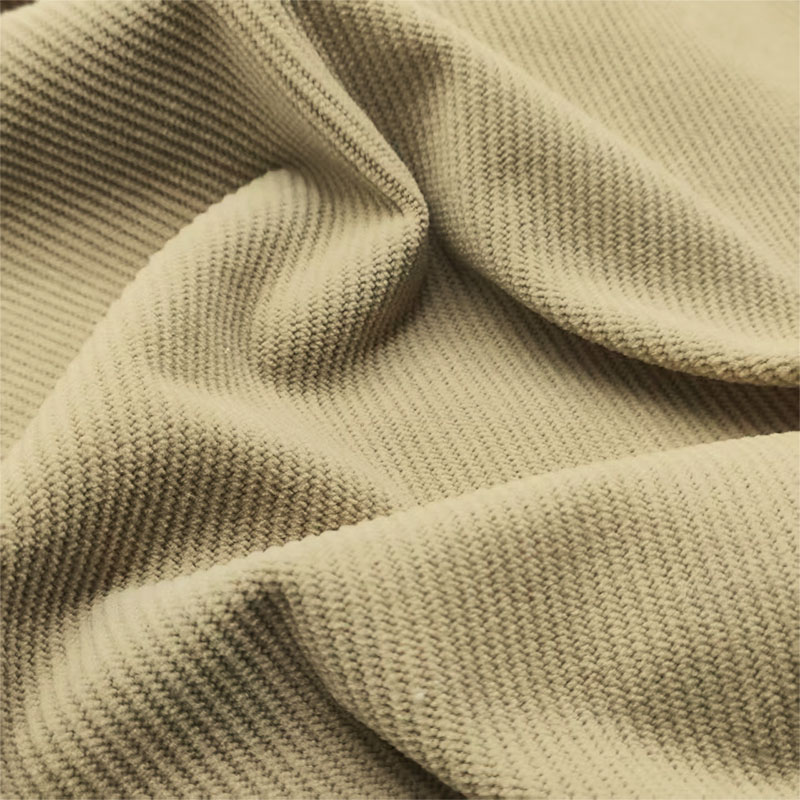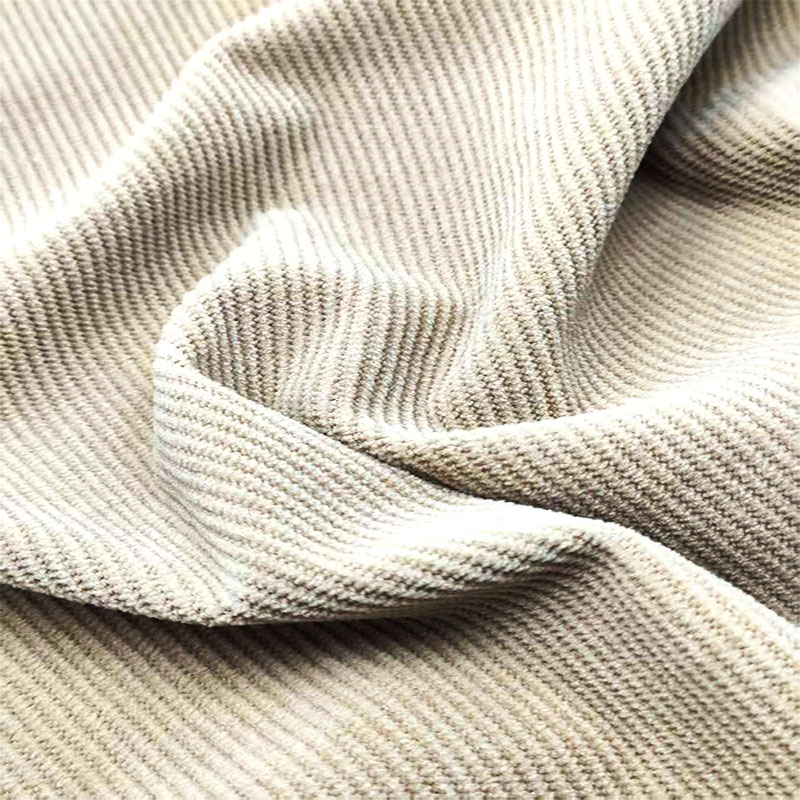On August 5, 2025, India and the United Kingdom officially launched the Comprehensive Economic and Trade Agreement (hereinafter referred to as the “India-UK FTA”). This landmark trade cooperation not only reshapes the bilateral economic and trade relations between the two countries but also sends ripples through the global textile foreign trade sector. The “zero-tariff” provisions for the textile industry in the agreement are directly rewriting the competitive landscape of the UK’s textile import market, particularly posing potential challenges to Chinese textile export enterprises that have long dominated the market.
Core of the Agreement: Zero Tariffs on 1,143 Textile Categories, India Targets the UK’s Incremental Market
The textile industry stands out as one of the key beneficiaries of the India-UK FTA: 1,143 textile categories (covering major segments such as cotton yarn, grey fabric, ready-made garments, and home textiles) exported from India to the UK are fully exempted from tariffs, accounting for approximately 85% of the categories on the UK’s textile import list. Prior to this, Indian textile products entering the UK market were subject to tariffs ranging from 5% to 12%, while some products from major competitors like China and Bangladesh already enjoyed lower tax rates under the Generalized System of Preferences (GSP) or bilateral agreements.
The complete elimination of tariffs has directly enhanced the price competitiveness of Indian textile products in the UK market. According to calculations by the Confederation of Indian Textile Industry (CITI), after the tariff removal, the price of Indian ready-made garments in the UK market can be reduced by 6%-8%. The price gap between Indian and Chinese 同类 products will narrow from the previous 3%-5% to less than 1%, and some mid-to-low-end products may even achieve price parity or surpass Chinese counterparts.
In terms of market scale, the UK is the third-largest textile importer in Europe, with an annual textile import volume of USD 26.95 billion (2024 data). Among this, garments account for 62%, home textiles for 23%, and fabrics and yarns for 15%. For a long time, relying on its complete industrial chain, stable quality, and large-scale advantages, China has occupied 28% of the UK’s textile import market share, making it the UK’s largest textile supplier. Although India is the world’s second-largest textile producer, its share in the UK market is only 6.6%, mainly focusing on intermediate products such as cotton yarn and grey fabric, with high-value-added ready-made garment exports accounting for less than 30%.
The entry into force of the India-UK FTA has opened an “incremental window” for India’s textile industry. In a statement released after the agreement took effect, India’s Ministry of Textiles clearly stated its goal to increase textile exports to the UK from USD 1.78 billion in 2024 to USD 5 billion within the next three years, with the market share exceeding 18%. This means India plans to divert approximately 11.4 percentage points from the existing market share, and China, as the largest supplier in the UK market, will become its primary competitive target.
Challenges for China’s Textile Industry: Pressure on Mid-to-Low-End Markets, Supply Chain Advantages Remain but Vigilance Is Needed
For Chinese textile export enterprises, the challenges brought by the India-UK FTA mainly focus on the mid-to-low-end product segment. Currently, mid-to-low-end ready-made garments (such as casual wear and basic home textiles) account for approximately 45% of China’s textile exports to the UK. These products have low technical barriers, fierce homogeneous competition, and price is the core competitive factor. India, with advantages in labor costs (the average monthly salary of Indian textile workers is about 1/3 of that in China) and cotton resources (India is the world’s largest cotton producer), coupled with tariff reductions, may attract UK retailers to shift part of their mid-to-low-end orders to India.
From the perspective of specific enterprises, the procurement strategies of large UK chain retailers (such as Marks & Spencer, Primark, and ASDA) have shown signs of adjustment. According to industry sources, Primark has signed long-term supply agreements with 3 Indian garment factories and plans to increase the procurement ratio of mid-to-low-end casual wear from the previous 10% to 30%. Marks & Spencer also stated that it will increase the procurement volume of Indian-made home textile products in the 2025-2026 autumn and winter season, with an initial target share of 15%.
However, China’s textile industry is not defenceless. The integrity of the industrial chain and the advantages of high-value-added products remain the key to resisting competition. On the one hand, China has a complete industrial chain layout from chemical fiber, spinning, weaving, printing and dyeing to ready-made garments. The response speed of the industrial chain (with an average order delivery cycle of about 20 days) is much faster than that of India (about 35-40 days), which is crucial for fast fashion brands that require rapid iteration. On the other hand, China’s technological accumulation and production capacity advantages in the field of high-end textiles (such as functional fabrics, recycled fiber products, and smart textiles) are difficult for India to surpass in the short term. For example, China’s exports of recycled polyester fabrics and antibacterial home textiles to the UK account for more than 40% of the UK market, mainly targeting mid-to-high-end brand customers, and this segment is less affected by tariffs.
In addition, the “global layout” of Chinese textile enterprises is also hedging the risks of a single market. In recent years, many Chinese textile enterprises have established production bases in Southeast Asia and Africa to enter the European market by leveraging local tariff preferences. For instance, the Vietnam factory of Shenzhou International can enjoy zero tariffs through the EU-Vietnam Free Trade Agreement, and its sportswear exports to the UK account for 22% of the UK’s sportswear import market. This part of the business is temporarily not directly impacted by the India-UK FTA.
Extended Industry Impact: Accelerated Regionalization of the Global Textile Supply Chain, Enterprises Need to Focus on “Differentiated Competition”
The entry into force of the India-UK FTA is essentially a microcosm of the global trend of “regionalization” and “agreement-based” development of the textile supply chain. In recent years, bilateral free trade agreements such as the EU-Indonesia FTA, UK-India FTA, and US-Vietnam FTA have been intensively concluded. One of the core logics is to build “near-shore supply chains” or “ally supply chains” through tariff preferences, and this trend is reshaping the rules of global textile trade.
For textile enterprises around the world, response strategies need to focus on “differentiation”:
Indian Enterprises: In the short term, they need to address issues such as insufficient production capacity and supply chain stability (e.g., cotton price fluctuations, power shortages) to avoid delivery delays caused by surging orders. In the long term, they need to increase the proportion of high-value-added products and break away from dependence on the mid-to-low-end market.
Chinese Enterprises: On the one hand, they can consolidate their share in the high-end market through technological upgrading (e.g., developing environmentally friendly fabrics and functional fibers). On the other hand, they can strengthen in-depth cooperation with UK brands (e.g., providing customized design and rapid-response supply chain services) to enhance customer stickiness. At the same time, they can leverage the “Belt and Road” initiative to avoid tariff barriers through transshipment via third countries or overseas production.
UK Retailers: They need to strike a balance between cost and supply chain stability. Although Indian products have prominent price advantages, they face higher supply chain risks. Chinese products, although slightly higher in price, offer more guaranteed quality and delivery stability. It is expected that the UK market will present a dual supply pattern of “high-end from China + mid-to-low-end from India” in the future.
In general, the impact of the India-UK FTA on the textile industry is not “disruptive” but rather promotes the upgrading of market competition from “price wars” to “value wars”. For Chinese textile export enterprises, they need to be vigilant against the loss of mid-to-low-end market share in the short term, and in the long term, build new competitive advantages under the new trade rules through industrial chain upgrading and global layout.
Post time: Aug-22-2025


